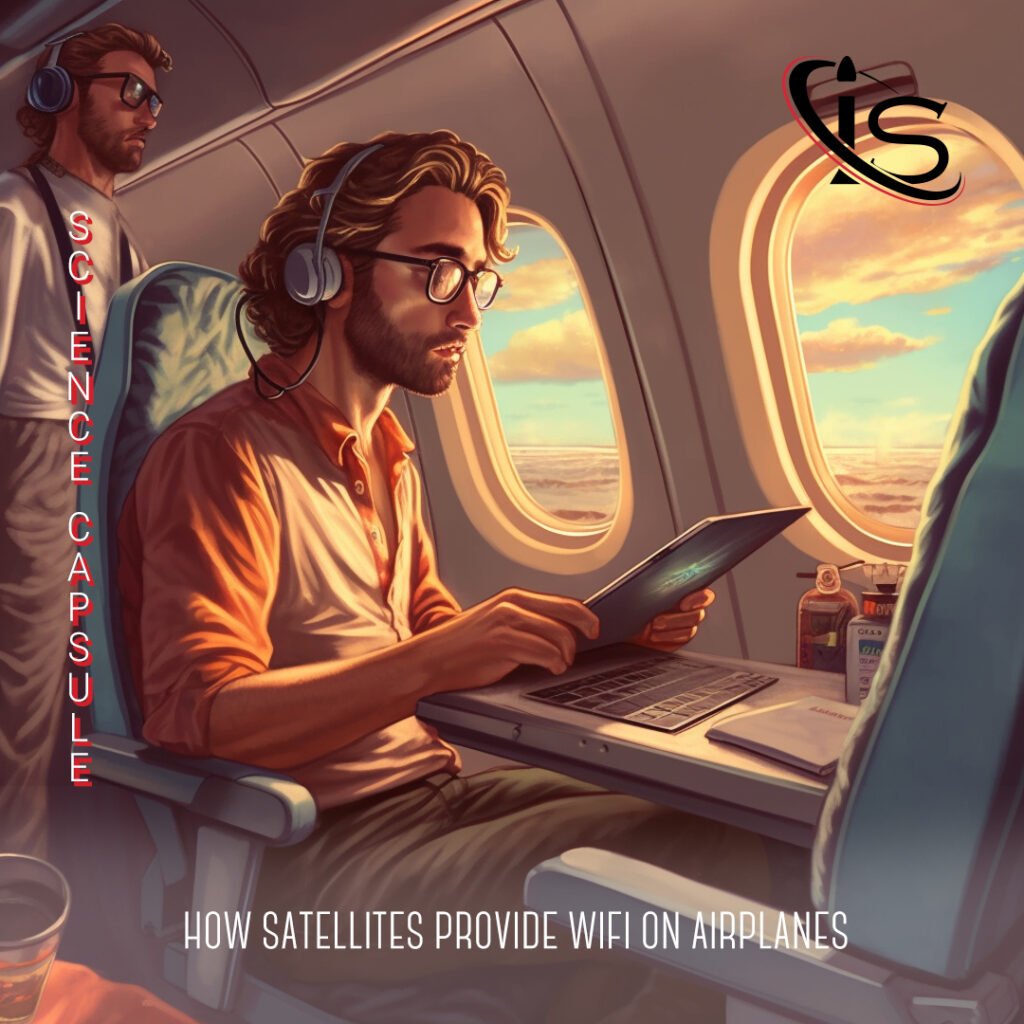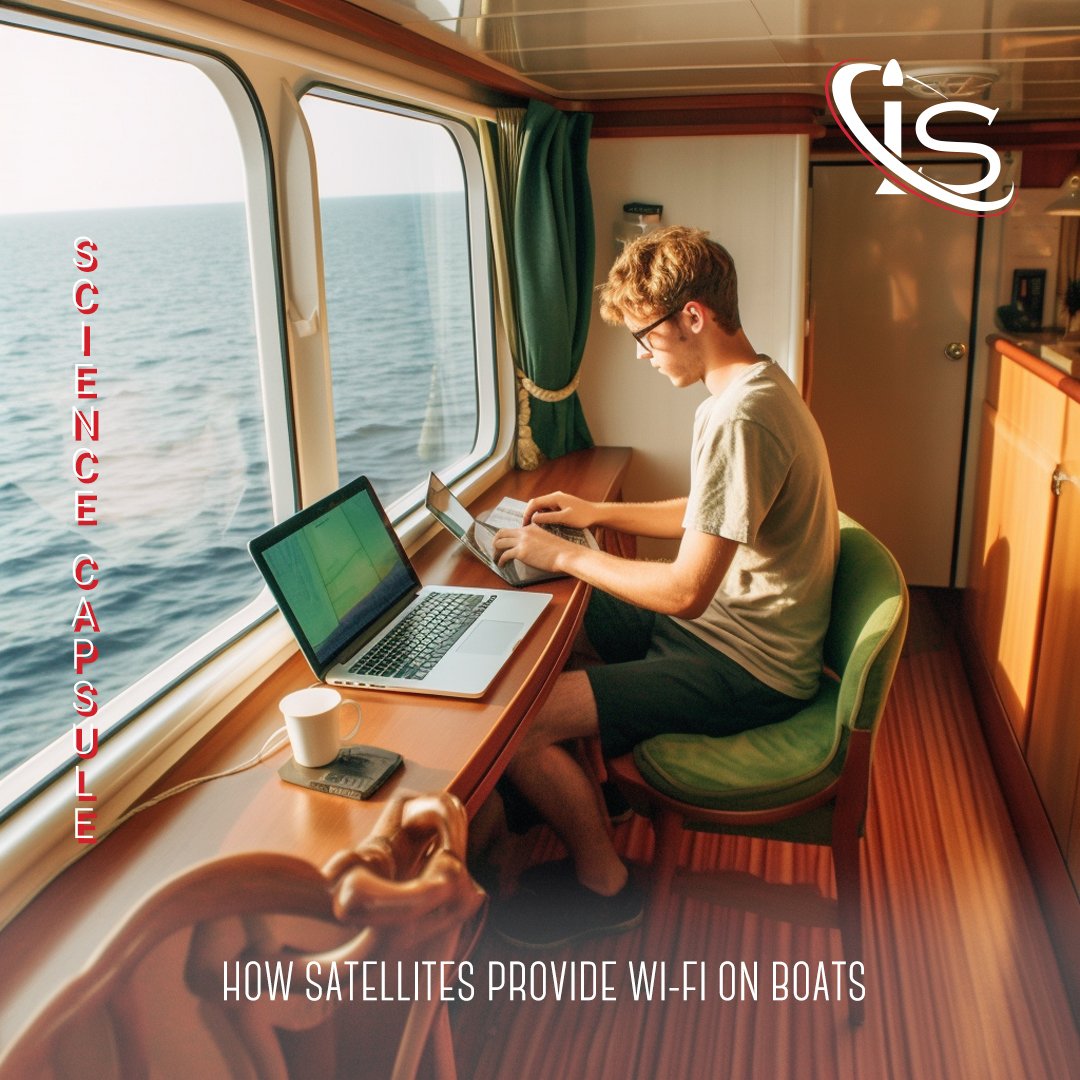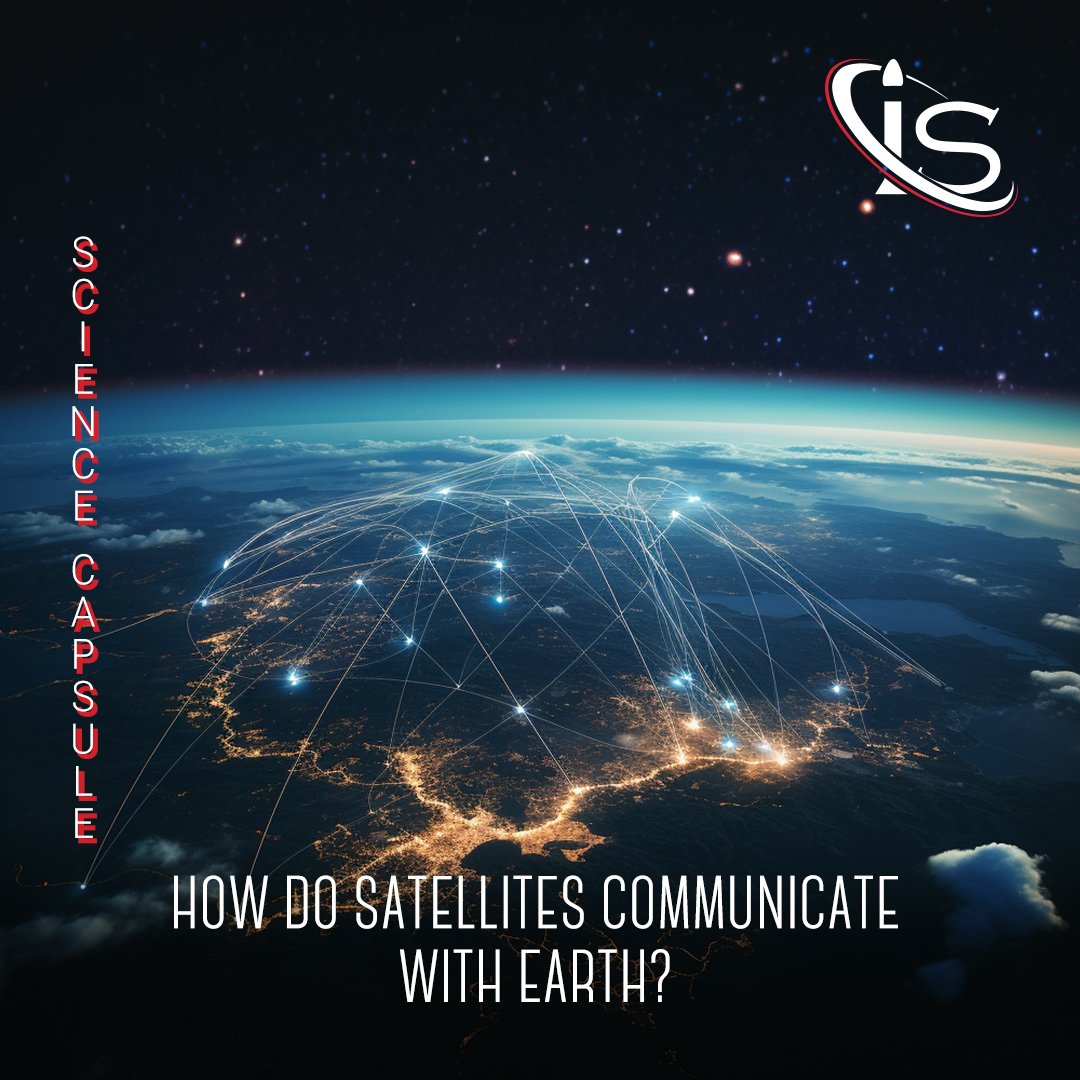Welcome to the second capsule that will cover how satellites facilitate connecting to the internet. Last week, we discussed Satellite Internet Now and In the Future. Now, as promised, it is time to delve into the intricacies behind how moving vehicles can use satellites to stay connected. This capsule will focus on WiFi on airplanes, while the next will be centered around internet on boats. Some of the concepts that will be explored today were discussed at length last time. So, if there is something that you would like explained in greater detail, I recommend checking out the capsule on satellite internet. And with that out of the way, let us talk about how airplanes can connect to the web.

WiFi on Airplanes
The basics behind how planes can stay connected to the internet are similar to the general concepts we explored last time. Just like homes can receive internet signals via cables or satellites, airplanes have both ground-based and satellite internet systems. The ground-based one works via an antenna placed underneath the plane. This will receive a signal from the cell towers below. As the plane moves along its journey, it will connect to different towers based on which one is closest.
However, that does not work for planes that have to cross large bodies of water, such as the oceans. And these are the situations where satellite internet comes into play. As is the case with any device using this type of connection, planes rely on orbiting satellites to receive their signal. And just like the other devices, airplanes receive their signal from satellites placed in GEO. At least for the moment.
Interestingly, due to the airplane’s altitude the signal delay they experience from satellites in LEO would be marginally less. After all, said signal would have less distance to travel. However, the difference — given that electromagnetic signals travel at the speed of light — is negligible. From the usual 0.13 seconds of delay that people on the ground experience, only 0.000038 seconds would be shaved off for airplanes. Still, I figured I would share this for any of the fellow math-inclined people reading this.
Narrowband vs Broadband
Since we have used these terms multiple times in both this and the last capsule, it seems appropriate to delve a bit deeper into them. Both are used in satellite WiFi, and both come with their pros and cons.
Generally speaking, broadband is better for the purposes of streaming movies, watching videos, etc. Really anything that has to do with receiving a large amount of data in a relatively short time. This is because broadband operates on a larger spectrum of frequencies. The consequence is less noise and more signals for a given frequency. Furthermore, this takes away the need to use filters, something which is necessary to make narrowband function. However, broadband circuits are generally more complicated, leading to less efficiency. In fact, a broadband will usually need amplifiers to reach the efficiency of a narrowband.
Speaking of narrowband, the range of frequencies it covers is, of course, smaller than its broadband counterpart. While this does require the use of filters to reduce noise, narrowband does come with its advantages. First off, the filters both isolate the channels and lead to less noise in each channel than what is found in broadband. And even though it may not be as equipped for streaming services, narrowband’s reliability and lower cost make it ideal for remote systems.
What Are They Used For?
This is in direct contrast to broadbands, which are preferred as hubs and access points. Narrowband also had more channels in a given, specific area, making it more reliable for said area. This leads to narrowband being preferred in military applications and alarm systems, where reliability is key. On the other hand, narrowband cannot properly serve applications that use a lot of data themselves. After all, that is a similar situation to streaming movies.
Another interesting fact is that, while broadband is constantly being improved upon, narrowband has already gotten closer to being fully optimized. This is due to it being overall less complex of a system. However, recent innovations have really pushed it into being the clear cut choice for those cases where it is preferred to broadband.
The Future of WiFi on Airplanes
Much like last time, we will now explore what the future holds for WiFi on airplanes. One of the things that is constantly at the forefront of any discussion involving internet connection is latency. As we saw before, the delay for signals coming from satellites in GEO can be significant. And planes being slightly higher does not really make a difference in the grand scheme of things. This is where the satellite constellations from the last capsule come into play. While the number of satellites needs to be higher, receiving signals from satellites in LEO can make a significant difference. Especially when it comes to latency. We explored this topic much more in depth last time, so I recommend checking that capsule out if you are interested.
Another up and coming source of internet on planes is the Gogo 2Ku (the frequency where it operates) system. This is an ATG, or air-to-ground, which means it functions with towers that send broadband data signals. In other words, Gogo is the type of internet service that we discussed at the beginning before switching over to satellites. And just like any ATG, Gogo works better when flying over landmasses. Specifically the US and Canada for it in particular. The technology for these ATG systems is constantly improving, with Gogo expecting to be able to provide 5G signals in the near future. Furthermore, latency will be a lot less with signals coming from ground towers when compared to those coming from GEO satellites. However, as we said before, when flying over large masses of water, ATG is just not going to be a reliable option.
Until Next Time
That will do it for today’s capsule. I hope you enjoyed learning about WiFi on airplanes. Join us next week, here at impulso.space, for the final part of the satellite internet capsules. It will be similar to this one, but the focus will be all on ships. “See” you next Wednesday.





